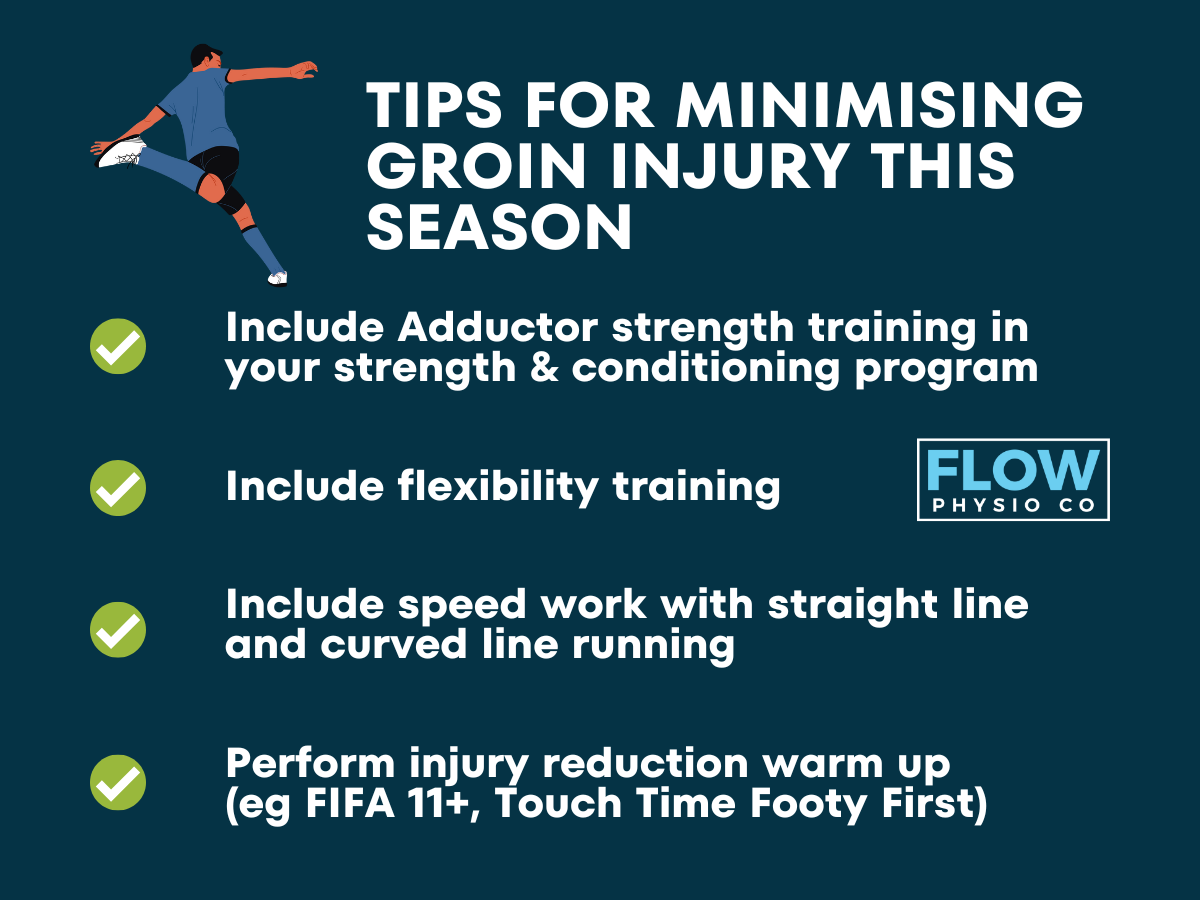NDIS Physiotherapy & Exercise Physiology Services in the Sutherland Shire
As a registered NDIS provider, we offer tailored physiotherapy and exercise physiology solutions that align with the unique needs of each NDIS participant. Our team of skilled physiotherapists and exercise physiologists understand the challenges faced by individuals with various disabilities and are dedicated to assisting them in achieving their health and mobility goals.
What We Offer
Personalised Care Plans: Each NDIS participant receives a customised care plan, designed in consultation with our experienced clinician. These plans are developed to address individual goals, whether it's improving mobility, managing pain, or enhancing overall physical well-being.
High-Quality Healthcare: Our team are not only highly qualified but are also passionate about making a positive impact in the lives of our clients. We utilise the evidence-based treatment in our boutique rehabilitation studio to ensure the best possible outcomes.
Collaborative Approach: Collaboration is key in our approach. We work closely with NDIS participants, their families, and other healthcare professionals to ensure a holistic and integrated approach.
How to Access Our Services
If you are an NDIS participant looking for a qualified physiotherapist, look no further. Accessing our services is straightforward:
Contact Us: Reach out to our friendly team to discuss your needs and how we can assist you.
Plan Review: We will review your NDIS plan to understand your goals and how our services can best support you.
Service Agreement: Once we have established your needs, we will set up a service agreement outlining the specifics of the physiotherapy services we will provide.
Conclusion
Being a registered NDIS provider is not just about offering physiotherapy and exercise physiology services; it's about being a part of a supportive community that uplifts and empowers its members. Our team is excited to extend our expertise and care to NDIS participants, helping them to achieve better health and mobility. Contact us today to learn more about how our services can support your journey towards improved well-being!




